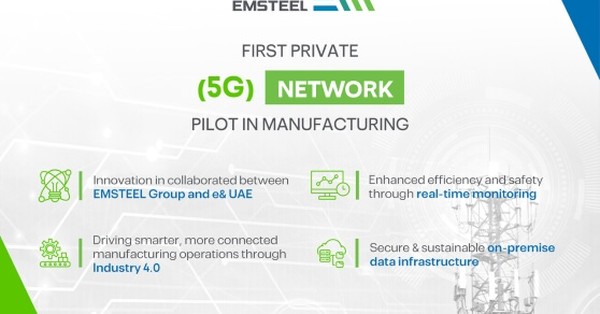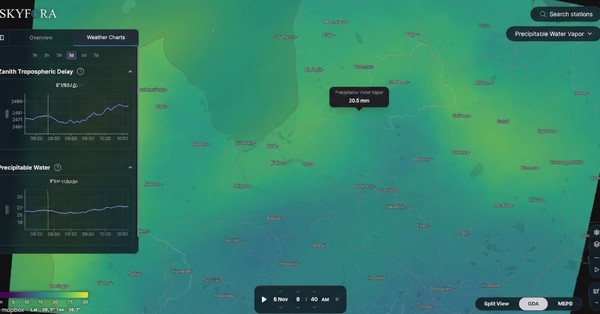Let’s call it what it is: fiber network rollouts projects rarely collapse in the field. They unravel long before—at the whiteboard, inside half-baked spreadsheets, or during coffee-fueled kickoff meetings where big visions go unchecked.
Everything looks great at first glance. Budgets approved. Timelines neatly mapped. Vendors onboard. But then the real world gets involved—and that’s when cracks start to show. Routes don’t align with actual geography, ducts are either full or misidentified, and the on-paper logic fails under practical constraints.
Here’s the uncomfortable truth: most of these projects were destined to be struggling before a single meter cable was laid. They were architected to fail, and nobody saw it coming.
The Illusion of Readiness: Why a Signed-Off Plan Isn’t Enough
You’ve seen the slide deck. Everything looks in place—routes, nodes, budgets, schedules. But those polished visuals often disguise one major flaw: planning assumptions haven’t been field-tested.
Outdated GIS layers manually updated spreadsheets, and vendor-led estimates give the illusion of accuracy. But on the ground? It’s a different story.
Many network teams operate with outdated or fragmented inventory data. This oversight leads to significant discrepancies between planning assumptions and actual conditions on-site, causing budget overruns and delays.
Where things fall apart:
- Plans that ignore real-world field constraints
- Static documents that don’t adapt to changes
- Inventories based on guesswork or legacy systems
The Asset Inventory Trap: Building on Unverified Foundations
When planning is based on asset data that hasn’t been verified, the result is often a disconnect between design and delivery. Planners may not have a complete picture of existing ducts, poles, or third-party infrastructure. If these records are split across departments or stored in separate systems, inconsistencies arise. The absence of a single source of truth causes errors in everything from bill of materials to route selection. Overlooked legacy assets can cause installation conflicts, project overruns, or worse—regulatory setbacks.
Poor Integration Between Planning and Operational Tools
Planning and execution should function as a continuous loop, but they rarely do. Design tools used by network planners often lack integration with the systems used by operations and maintenance teams. As a result, changes made in the planning phase don’t propagate to the operational environment.
Common consequences include:
- Mismatched records between design and field
- Rework due to lack of version control
- Disjointed workflows and repeated manual updates
These inefficiencies are especially painful when expansion work or emergency repairs occur months later, only to reveal gaps in documentation or conflicting asset histories.
Underestimating Regulatory and Permitting Complexities
Permitting should be a design constraint, not a surprise. However, project teams frequently approach it as a linear step that follows planning. Every jurisdiction has its own permitting logic, documentation expectations, and lead times.
When permitting is an afterthought, here’s what happens:
- Emergency route redesigns to avoid restricted areas
- Weeks or months lost in back-and-forth with agencies
- Construction crews sitting idle while approvals catch up
Consider a municipality that halted a city-wide FTTH project mid-phase due to unresolved environmental assessments, something that could have been forecasted with early regulatory simulation.
Resource Misalignment: People, Processes, and Procurement
Fiber deployments involve a chain of contributor planners, field engineers, procurement leads, and contractors. When these roles work off different data sources or formats, misalignment sets in.
For example, a BoQ generated in planning might not be readable by procurement systems. Engineers in the field may receive incomplete documentation or outdated design prints. Contractors might not have the digital tools needed to access or interpret the plans. These disconnects turn minor details into major execution delays.
No Digital Twin or What-If Scenario Modeling
Would you drive cross-country without checking the route? Planning without simulation is the same. Digital twins let you test ideas before making them reality. Without that capability, teams are flying blind—unable to gauge cost, coverage, or risk trade-offs.
Why digital simulation matters:
- Expose design flaws before they’re built
- Allow for cost/benefit analysis under different conditions
- Reveal chokepoints or risks that might not be obvious on paper
Projects that skip scenario testing often realize too late that a minor path change means a major cost increase or triggers network loop issues.
Budget Optimism vs. Reality: The Planning Finance Gap
Most budget plans are built around best-case assumptions. They assume everything goes right with some wiggle room for revisions. In reality, overruns are the norm—and they’re usually baked in from day one.
Optimistic budgets lead to:
- Burned contingency funds before halfway mark
- Scope reductions to offset rising costs
- Pressure from stakeholders over missed ROI
The fix? Scenario-based financial modeling. Build in flexibility. Model for the worst case, not just the best.
How to Plan Fiber Projects That Don’t Fail
Planning doesn’t end when the roadmap is approved. That’s where it begins.
Here’s what separates resilient projects from fragile ones:
- Start with a verified, unified asset inventory
- Integrate planning and operational systems early
- Involve regulatory and permitting logic upfront
- Simulate routes using digital twins
- Train every team—not just on tools, but on workflows
- Design with long-term serviceability in mind
How VC4 Service2Create helps:
- Combines GIS-based planning, logical and physical inventory, and real-time network updates
- Integrates with OSS/BSS to eliminate data silos
- Supports route validation and change impact simulation pre-deployment
- Enables collaboration across planning, field, and operations teams
Service2Create (S2C) in Action: A Field Comparison
Let’s look at what changes when fiber planning is done the old way versus with S2C:
| Challenge | Traditional Planning | Planning with S2C |
| Inventory Accuracy | Fragmented and outdated | Unified, real-time logical + physical |
| Permitting Workflow | Triggered post-design | Integrated early in design stage |
| Route Validation | Manual and reactive | Automated with GIS and simulation |
| Team Collaboration | Handovers via email | Centralized, version-controlled access |
| Change Impact Visibility | Discovered in-field | Modeled and mitigated pre-deployment |
This comparison shows how S2C transforms not just outcomes, but how teams work together across the entire planning and delivery chain.
VC4 and Service2Create (S2C): Built for Real-World Telecom Planning
VC4 understands the granular challenges telecom operators face. That’s why Service2Create (S2C) was developed—not as a generic planning tool, but as a telecom-native platform combining planning, inventory, and operational visibility in one ecosystem.
What makes S2C different:
- Purpose-built for telecom environments, supporting WDM, GPON, MPLS, and hybrid networks
- Real-time synchronization between logical and physical layers
- Impact-aware change management and SLA-level service modeling
- Embedded GIS integration and planning validation, reducing field mismatches
- Built-in orchestration and OSS/BSS alignment to enable continuous delivery
S2C brings together planners, engineers, procurement, and field teams on a shared platform that speaks the same language—so decisions made in design don’t fall apart in deployment.
Conclusion
Fiber rollout success is determined not just by execution and excellence but by the foresight and precision of planning. Most failures occur not in the trenches but at the whiteboards, spreadsheets, and software dashboards where projects are born.
By treating planning as a dynamic, data-driven, cross-functional discipline—and not a checklist phase—telecom providers can dramatically reduce failure rates and maximize ROI.
The era of smart fiber demands smart planning.
Checklist: 5 Signs Your Fiber Plan is Set to Fail
- You rely on outdated GIS layers or manual spreadsheets.
- Inventory is stored across multiple departments with no sync.
- Permitting steps are triggered by post-design.
- Contractors receive design files via email or PDF.
- You can’t simulate cost/coverage changes before trenching.
Want to stop designing silos? Explore S2C and see how real-time network intelligence transforms delivery.








































